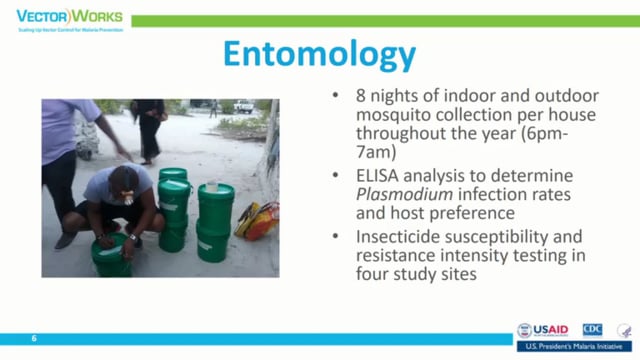Last Updated: 04/06/2025
Importation and transmission of malaria in Zanzibar: a case study for elimination
Objectives
This proposal will overlay genomic studies onto ongoing Zanzibar Malaria Elimination Program (ZAMEP) passive surveillance and reactive case detection (RCD) activities to:
- Aim 1A) Identify foci of imported cases on the islands
- Aim 1B) Model the relationship between human travel, parasite genetics and importation
- Aim 2A) Determine the extent of secondary transmission from index cases
- Aim 2B) Show the limits of RCD in detecting index cases and capturing parasite outbreaks
Muhimbili University of Health and Allied Science (MUHAS), Tanzania
Over the past decade, malaria elimination has re-emerged atop the global health agenda, with most countries setting goals to be malaria-free within two decades. However, major obstacles remain, including “getting to zero” in regions that have achieved pre-elimination status but remain surrounded by areas of ongoing transmission. As these regions near elimination, they are often “vulnerable” to re-introduction of malaria from nearby areas and “receptive” as they have the right ecology to support transmission. The Zanzibar Archipelago is one of these regions. Despite robust vector control and access to efficacious antimalarial treatment, its proximity to mainland Tanzania has made elimination difficult. Specifically, eliminating malaria on the archipelago requires a better understanding of why and where importation is occurring and understanding the factors that promote local transmission.
Samples will be collected from every reported case on the archipelago and 10 sites on mainland Tanzania. Additionally, enhanced RCD – screening households surrounding a reported index case, both 1 and 4 weeks later – will be carried out in order to capture secondary asymptomatic cases, including those infected but with prepatent infection, as well as those yet to be inoculated by infected mosquitoes at the time of first RCD.
The project will deploy novel efficient high throughput sequencing methods that enable genotyping of thousands of samples on a genome-wide basis. This strategy is much cheaper than whole genome sequencing but still provides the resolution needed to use identity-by-descent analyses to infer relationships between highly related parasites. These methods will allow to define individual and community risk factors for importation, as well as intervenable risk factors that impact the extent of local transmission arising from importation. Combined with geospatial data on human mobility patterns, a deeper understanding of the drivers of importation and secondary transmission will be achieved, and this in turn will allow ZAMEP to tailor interventions at a local level.
Genetics and Genomics
Indigenous Cases & Importation
Measurement of Transmission
Modeling
Residual Transmission
Aug 2021 — Jul 2025
$2.82M

